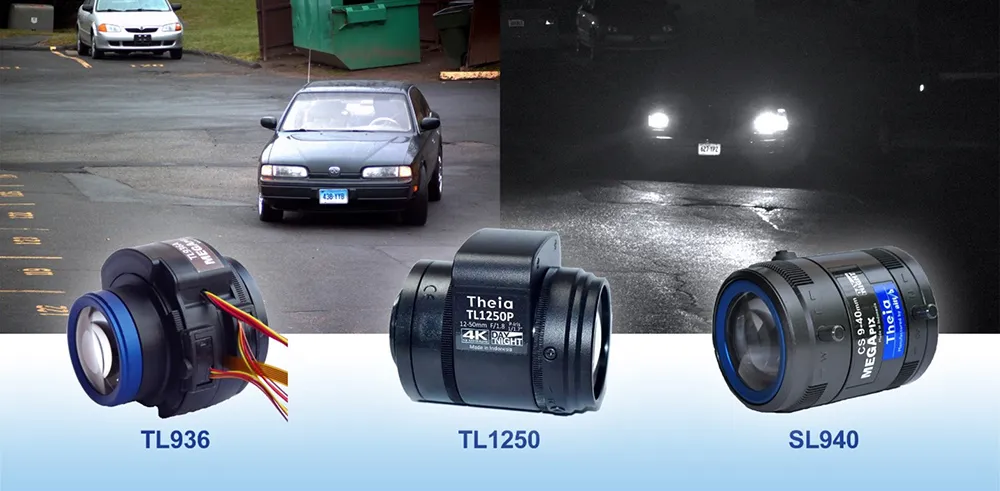Both models come with 7 megapixel resolution, with the IMX420 reaching frames rates of up to 170fps at 10 bit pixel depth. These sensors come equipped with the SLVS-EC interface and new features like high/low conversion gain (HCG), dual trigger, dual ADC and self-triggering to increase the maximum throughput for object recognition and quality assurance of moving objects in machine vision.
The 12-bit IMX428 sensor is optimised for ITS applications, with a single region of interest and achieves 35fps. Its combination of high saturation and low (2.5e-) readout noise can achieve a maximum dynamic range of 80 dB with improved light-dark detection even in difficult lighting conditions.
The IMX420 has a scalable 8, 10, and 12 bit depth and can be programmed for multiple regions of interest.
Sony’s new imaging sensors feature third generation CMOS shutter
The new IMX420 and IMX428 imaging sensors from Sony feature its third generation CMOS global shutter.
Both models come with 7 megapixel resolution, with the IMX420 reaching frames rates of up to 170fps at 10 bit pixel depth. These sensors come equipped with the SLVS-EC interface and new features like high/low conversion gain (HCG), dual trigger, dual ADC and self-triggering to increase the maximum throughput for object recognition and quality assurance of moving objects in machine vision.
December 21, 2017
Read time: 1 min
The new IMX420 and IMX428 imaging sensors from 576 Sony feature its third generation CMOS global shutter.









